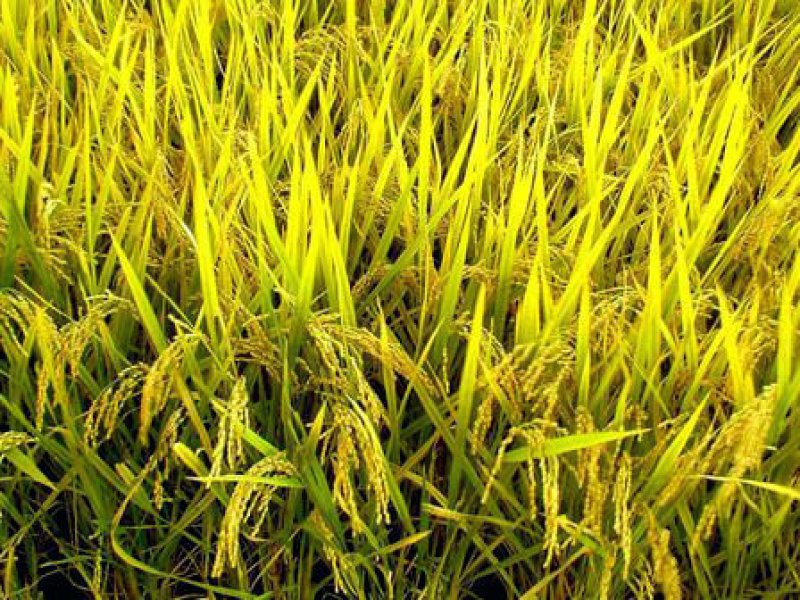Say what you will about Greenpeace, the organization has always had a flair for publicity. From its early days of dodging harpoons and Japanese whalers in outboard motor boats, it has used media savvy and an aptitude for political theater to become a $360 million-plus per year behemoth with offices in more than 40 countries. But what few members of the public know is that Greenpeace isn’t just about saving whales and other appealing sea creatures. Its PR machine is now spearheading an effort to deny millions of children in the poorest nations the essential nutrients they need to stave off blindness and death. The targets are new plant varieties collectively called “golden rice.” Rice is a food staple for hundreds of millions, especially in Asia. Although it is an excellent source of calories, it lacks certain micronutrients necessary for a complete diet. In the 1980s and ’90s, German scientists Ingo Potrykus and Peter Beyer developed the “Golden Rice” varieties that are biofortified, or enriched, by genes that produce beta-carotene, the precursor of vitamin A.
View the original article here: Greenpeace’s war on golden rice: Helpful or hurtful?































